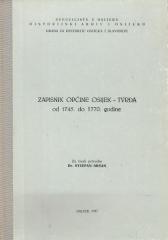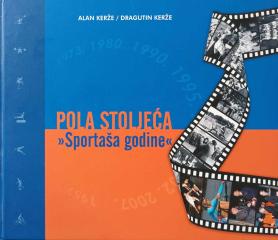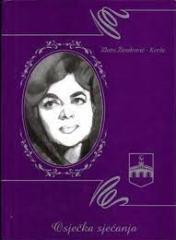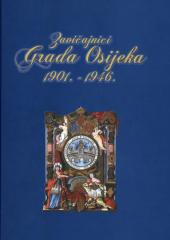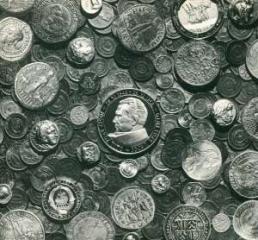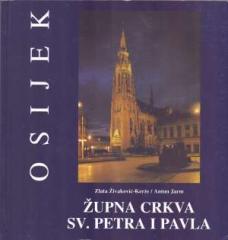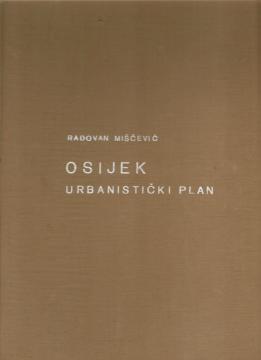
Osijek - urbanistički plan
Urbanistički plan za Osijek iz 1965. godine, koji je izradio Radovan Miščević zajedno sa suradnicima, jedan je od značajnijih planova u povijesti urbanističkog razvoja Osijeka.
Ovaj plan predstavljao je odgovor na potrebe poslijeratnog urbanističkog razvoja grada, u kontekstu industrijalizacije i povećanja broja stanovnika.
Plan je imao za cilj integrirati urbanu jezgru Osijeka s njegovim periferijskim dijelovima, osiguravajući uravnotežen razvoj. Poseban naglasak stavljen je na stvaranje funkcionalnog grada koji odgovara modernim potrebama industrije, stanovanja i javnih sadržaja.
Planirao se razvoj novih stambenih četvrti, posebno na području tadašnjih periferija. Tipični za ovo razdoblje bili su višestambeni blokovi, što je bilo u skladu s tadašnjim modernističkim trendovima u urbanizmu.
Radovan Miščević bio je poznat po svojim modernističkim pristupima urbanizmu, a plan za Osijek reflektirao je tadašnje trendove u urbanističkom planiranju u Jugoslaviji. Naglasak na funkcionalnost, integraciju i očuvanje zelenih površina uklapao se u širu viziju urbanog razvoja tog razdoblja.
Iako je plan iz 1965. godine bio ambiciozan, njegov utjecaj na današnji izgled Osijeka je značajan. Mnogi elementi tog plana integrirani su u kasniji razvoj grada, posebno u organizaciji stambenih zona i prometne mreže.
Pri izradi i izvedbi projekta Miščević se kasnije između funkcionalističkog modela grada na rijeci i rijeke u gradu odlučio za drugi. “Odlučio sam se”, istaknuo je tijekom jednog razgovora, “za očuvanje prirodnih vrijednosti i njihovo uključivanje u središte grada, za humanističko-sociološki i ekološki pristup oblikovanja cjelovite urbane i prirodne sredine. Takav model pretpostavlja i uključivanje istaknutih povijesnih i kulturoloških vrijednosti, velike parkovne površine, šetališta na lijevoj i desnoj obali, potpuno isključivanje automobilskog prometa, obale povezane pješačkim mostom koji je već postao neodvojivim dijelom urbanog identiteta grada”.
Nema primjeraka u ponudi
Poslednji primjerak je nedavno prodan.
